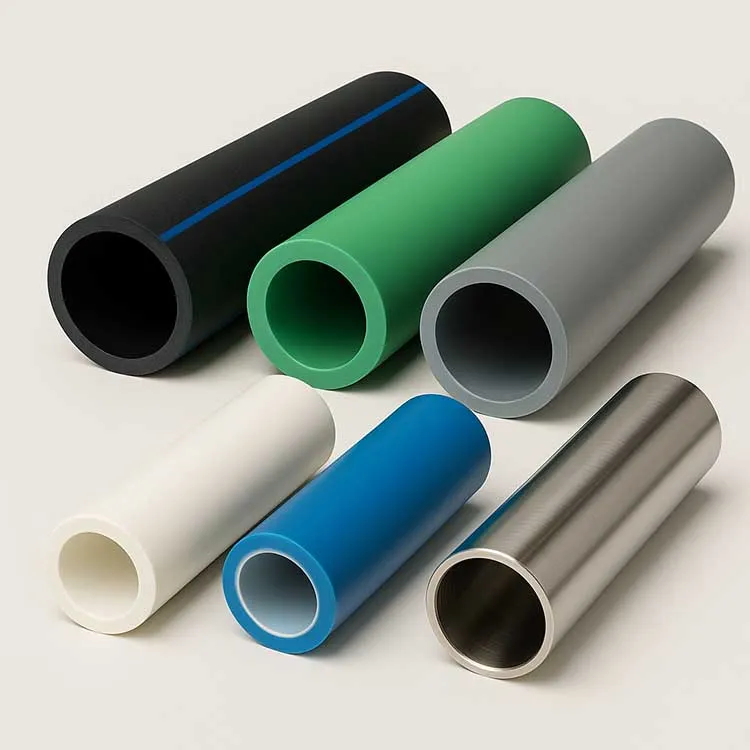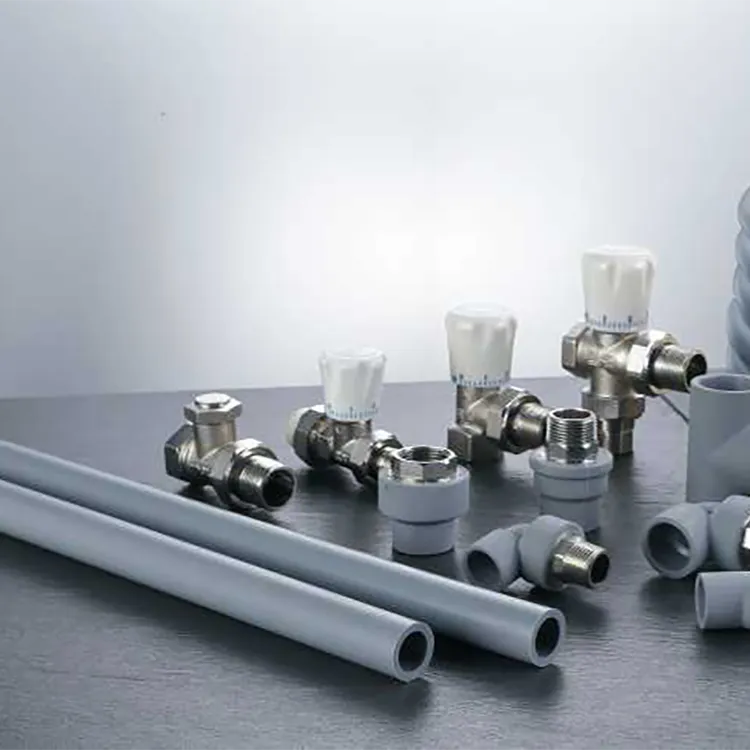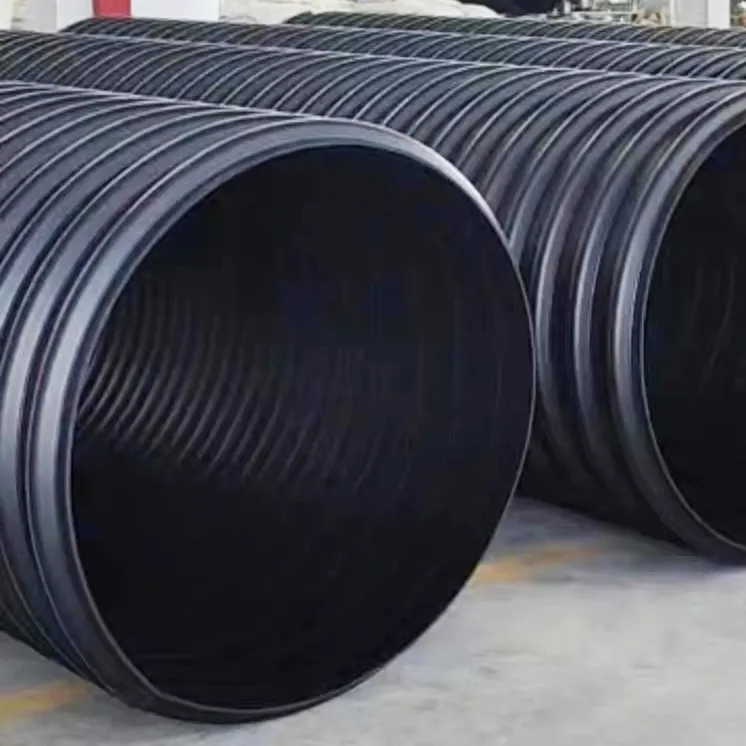What are the connection methods of PVC pipes? There are three main connection methods of PVC pipe: sealing rubber ring, bonding and flange connection. Pipes with a pipe diameter greater than or equal to 100 mm generally use rubber ring interfaces; pipes with a pipe diameter less than 100 mm generally use adhesive joints, and some use live joints. When the pipeline crosses the sewers or other pipelines, metal pipes are generally used. At this time, the plastic pipes and the metal pipes are flanged. The connection between the front and rear of the valve and the pipeline is also flanged.

1. When the small-diameter pipe is bonded by solvent, the socket must be rounded to form a groove, and the fracture must be flat and the axis is vertical, so that the bonding can be firm and avoid water leakage.

2. Generally, PVC pipes with a pipe diameter greater than or equal to 100 mm use rubber ring interfaces. Before installation, personnel must be arranged to chamfer the pipe socket part, and also check whether the quality of the rubber ring is qualified. During installation, the socket, rubber ring, etc. must be wiped clean.

3. The ditch excavation of traditional pipeline installation only requires that the pipeline can be put into the ditch and can be sealed. When the original soil layer is not loosened, it is not necessary to pressurize and compact the cushion.

4. Generally, the branch pipe of PVC pipe can be split by tee or vertical water stop. During construction, a saddle-shaped fitting, half a two-in-one three-way, can be added, and clamped with U-shaped bolts, which thickens the pipe wall, and then drills directly on it to open the teeth, and then uses external threaded plastic parts to connect them. The test shows that the pressure test and acceptance after construction by this method can fully meet the requirements of the specification. In addition, thrust piers should be installed at the positions where the water flow in the pipe generates thrust, such as elbows, tees and pipe end sealing plates to withstand the thrust of the water flow.



981.webp)

 (1)379.webp)

294.webp)
476.webp)
420.webp)
146.webp)
460.webp)
287.webp)
274.webp)
688.webp)


